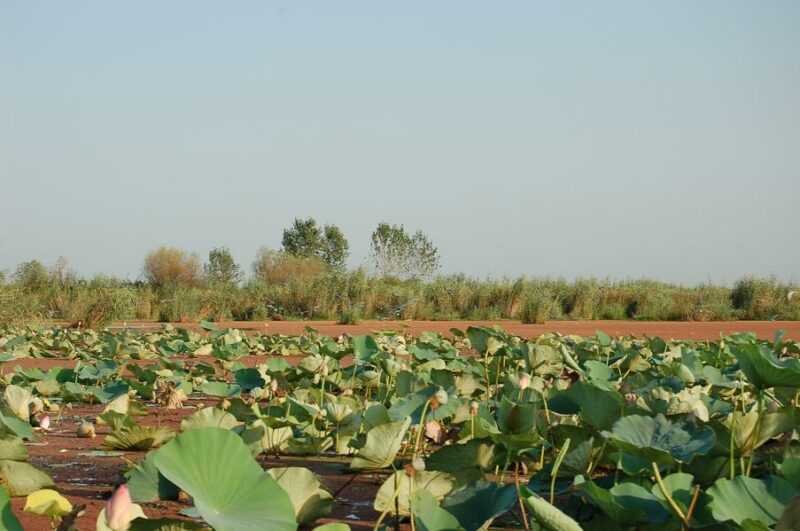Anzali lagoon, a jewel in the north of Iran
Anzali Wetland, known as Anzali Mardab, stands out like a jewel in the north of Iran, in Gilan province, near the Anzali port. This wetland with an area of about 20 thousand hectares is one of the largest wetlands in Iran and one of the most important international wetlands in the world.
Unique biodiversity
Due to its geographical location and climatic conditions, Anzali Lagoon has a unique biological diversity. This lagoon is home to more than 100 species of birds, including swans, flamingos, pelicans, ducks, geese and sea swallows. Also, more than 50 species of fish live in this wetland, including white fish, carp, perch and wire. The plant diversity of Anzali lagoon is also very high and more than 100 species of plants have been identified in it. Chinese lotus, blue lotus, Haftband grass and blue lentil are among the dominant plants in this wetland.
Environmental importance
Anzali lagoon plays a very important role in preserving the environment of the region. This lagoon helps maintain the quality of the Caspian Sea by purifying the incoming water. Also, Anzali Wetland plays a significant role in maintaining the balance of the region’s ecosystem by preventing floods and controlling soil erosion.
An attraction for tourists
Anzali Lagoon is one of the popular tourist attractions in Iran due to its natural beauty and biodiversity. Tourists can enjoy boating among Chinese lotuses, bird watching, visiting lagoon islands and fishing.
Problems and challenges
In recent years, Anzali Wetland has faced many problems and challenges, including the reduction of incoming water, pollution and the invasion of non-native species. The reduction of water entering the wetland has occurred due to the construction of dams, reduction of rainfall and excessive extraction of underground water. Wetland pollution is also caused by the entry of industrial and agricultural wastewater and surface runoff. Invasion of non-native species such as azolla and water hyacinth is another problem of Anzali wetland.
The necessity of preservation and restoration
Considering the environmental, economic and social importance of Anzali wetland, preservation and restoration of this wetland is an important necessity. In order to maintain the Anzali wetland, measures such as increasing the incoming water, reducing pollution and controlling the invasion of non-native species should be carried out.


